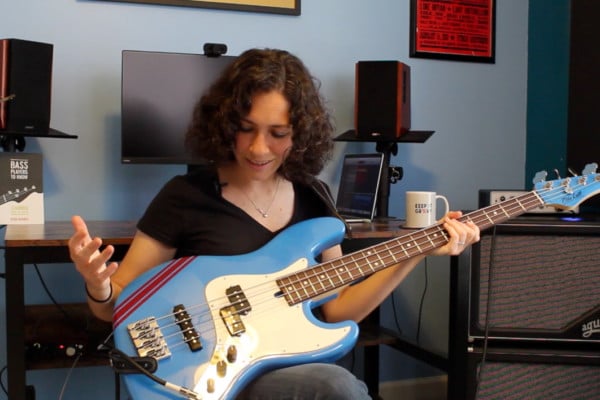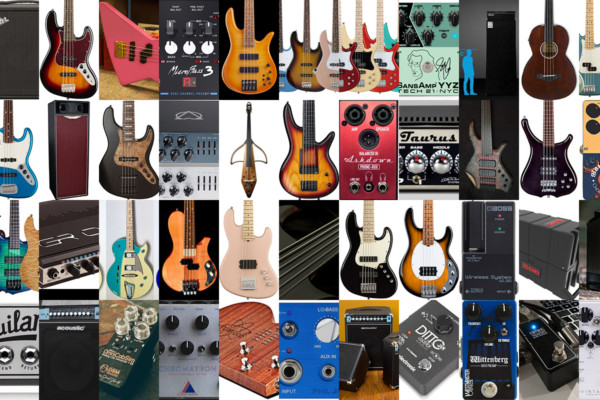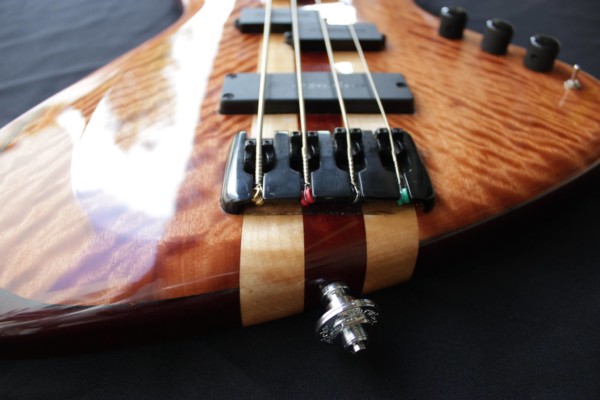Essential Accessories for Your First Upright
For many people, buying an upright bass is a financial transaction that requires some planning. Nearly everyone wants the highest quality instrument they can afford and, as a result, many spend their last available dollar (or more!) on the instrument itself. This is completely understandable, and laudable.
However, if it’s your first upright you should also consider obtaining a few accessories to help protect your investment and make your gigs a bit smoother. You don’t have to get all of these things right away but they should be on the list as essential accessories if you don’t already have them.
- Cover: Probably the first thing you will want to get is a thick, padded cover for the bass itself. If you bought your instrument from a string shop, or better yet a bass luthier, you most likely got a decent cover with the instrument. If not, look for something that has at least an inch of padding. A soft, padded bag is the most practical way to protect the instrument during transport. Put some extra rosin and pencils in one of the pockets of this bag. If you read music, also put a stand light in there as well.
- Humidifiers: I would suggest several “in instrument humidifiers” or “Dampits.” While it is best to keep your instrument in a temperature and humidity-controlled room, when you gig, your bass will experience a variety of climes. Using Dampits can help keep the wood humidified in transit and thereby reduce cracks, open seams and other issues caused by temperature and humidity changes. While you may not need to use them when going to a local gig, they are especially helpful if you are on the road for days or weeks.
- Wheel/Buggy: One of the best things you can get to make your life better as a bassist-pedestrian is a wheel or buggy. Some fit into your endpin slot, others strap around your bass case, all save your back. More injuries come from carting the instrument to and from the gig than playing. I strongly advise that every bassist get some sort of wheel or buggy.
- Bow Case: If you use a bow, get a hard bow case. Most bass cases have a pocket that you can put your bow in, but this offers no protection to the bow itself. One unfortunate event and you may find yourself with a broken bow. If you can get a case that holds two bows, get that one. Put some rosin in the bow case.
- Strings: Get an extra set of strings and put them in your case. While it is fairly uncommon for a bass string to break it does happen, usually at the most inconvenient time.
- Backup Bow: If you use a bow, get a second one as a backup and keep it in your bow case at all times. Even a $40 bow will serve a purpose if your main one fails at the gig.
- Endpin Stopper: Finally, I would suggest keeping an extra endpin stopper in your case in the event that your usual stopper is lost or damaged. Most modern endpins come with a rubber stop on them, but they wear through. Keeping an extra stopper on hand will help keep your bass in place on stage and prevent beaning yourself in the head with the scroll or tuning pegs.
Dr. Donovan Stokes is on the faculty of Shenandoah University-Conservatory. Visit him online at www.donovanstokes.com and check out the Bass Coalition at www.basscoalition.com.




#2: But pay real attention to when you are adding moisture. While shopping for my present bass, I saw a lot of mildew stains from over-saturated dampits dripping on to the interior of the back plate. Also, unless you live in an extremely arid environment, you only need one. And remember, going from one temperature (and humidity) extreme to the other is bad. Allow the wood to acclimate before playing. Going from extreme AC to Mid-Atlantic humidity does change my scale length. I’d hate to see what would happen in some place like Singapore.
recommended #8: Get a teacher before buying anything and expect to spend a year or two finding a bass that works for you.
There’s a great little clip on tuner called the Snark that I feel is a new “essential” accessory especially if you’re new to the URB. It’s under $20 and clips on and off your bridge in 2 seconds.